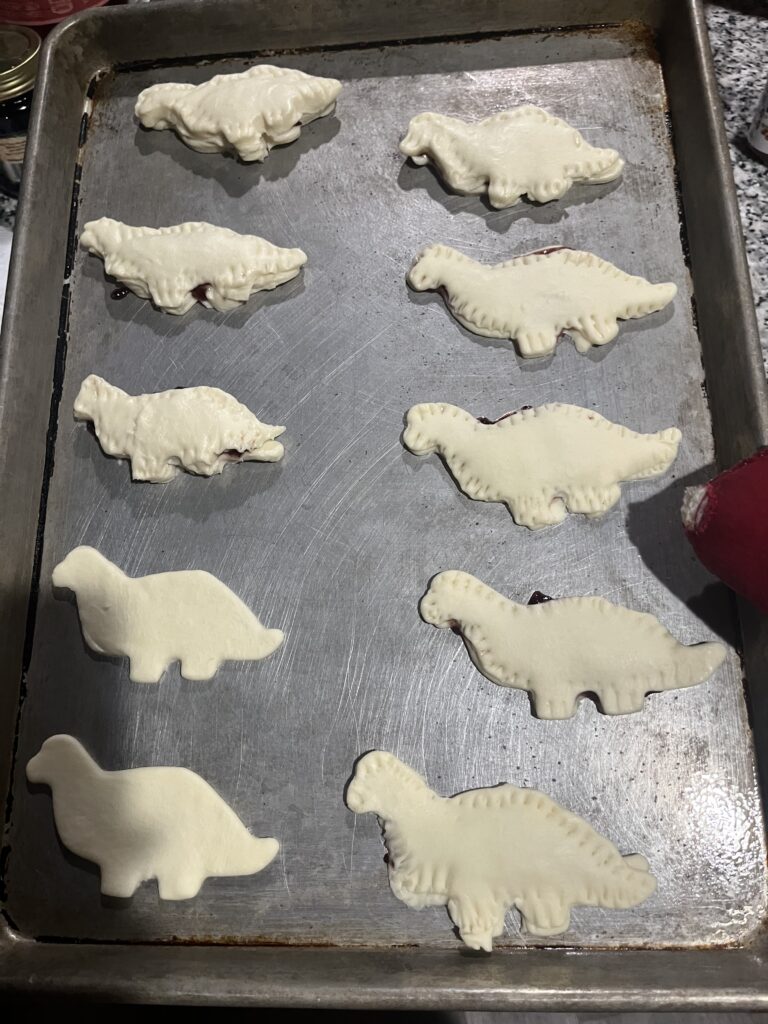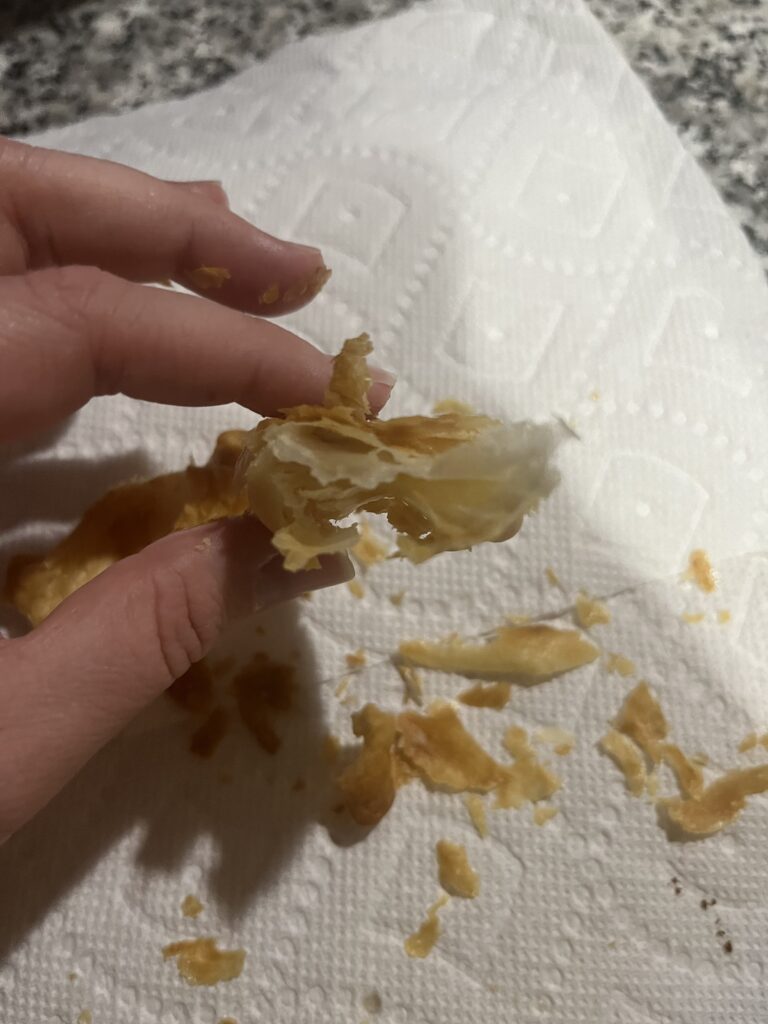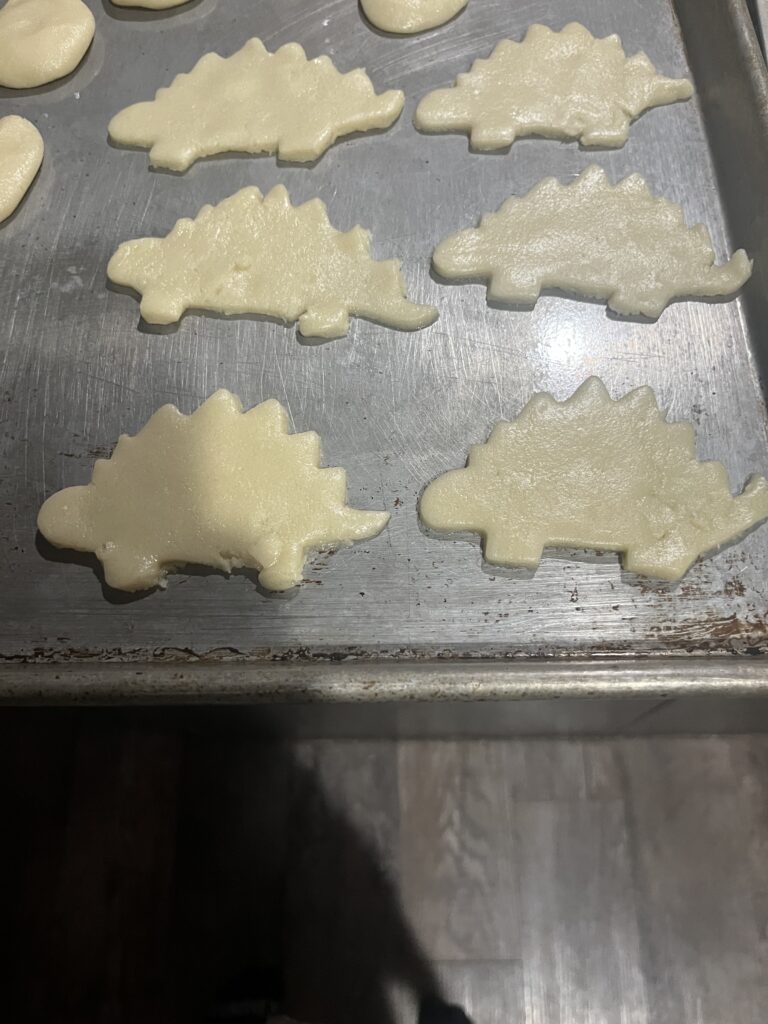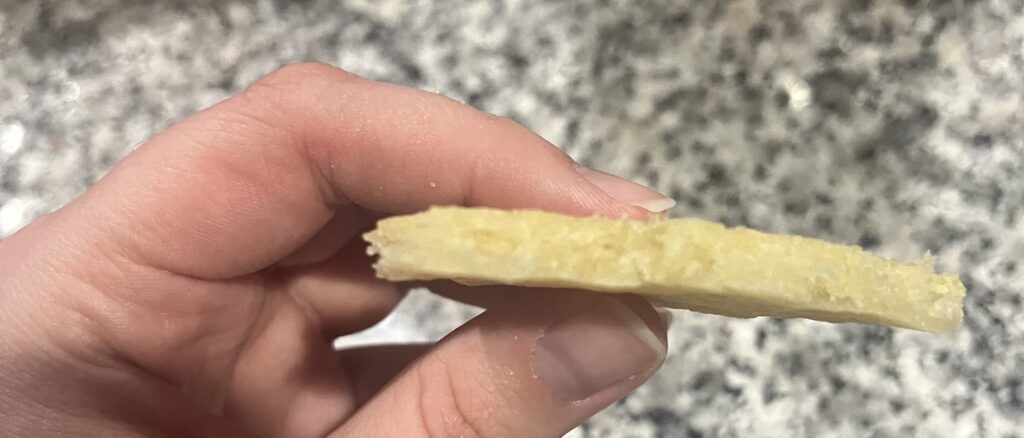Comparing Bone Composition of Brachiosaurus and Spinosaurus
Adrianna Spitz
University of Alaska Fairbanks
BIOL F111x Human Anatomy and Physiology
Don Larson Teacher
November 21, 2024
In this essay I will be comparing the bone composition of the Brachiosaurus and Spinosaurus dinosaurs and will be covering the course objective of knowing the stages of bone development and repair. Bones have many different functions such as structural support, movement, protection, blood cell formation, mineral storage and growth, fat storage, hormone production. Bones contain many different types of tissues but are predominantly made up of osseous tissue. Inside of the osseous tissue there are organic/inorganic parts to bones. The organic parts of the bones are osteogenic cells, osteoblasts, osteocytes, bone lining cells, osteoclasts and osteoid. Sacrificial bonds are also an organic component of bones which are found in or between collagen molecules that help to prevent fractures. Inorganic compounds of bones are mineral salts which make up over half of the bone’s mass. These mineral salts are predominantly calcium phosphate crystals which provide strength to the bones and can survive long after the individual dies. In bone anatomy there are compact bones and spongy bones, compact bones are dense and are found on the outer layer of the bone. Spongy bones are more fragile. They appear airlike but even though this part of the bones is spongier it still provides a great amount of strength for the bone overall.
Bones are made up of long neck sauropods like the Brachiosaurus their bone composition was hollower compared to other dinosaurs like the Spinosaurus. It is believed from studies done on sauropod bone composition that the hollower bones were the reason that these dinosaurs were able to grow as big as they were and have their weight supported. Not only did the hollow bones support the dinosaurs’ weight, but it also helped them survive the climate of the Triassic period. In a research study done by Tito Aureliano at the Institute of Geosciences at the University of Campinas describes the importance of the bone composition as “Less dense bones containing more air gave the dinosaurs and pterosaurs more oxygen circulating in their blood, as well as more agility to hunt, flee, flight or even to fly” (Pare, 2023). The climate during the Triassic period was warm and dry and by having the hollower bones would allow the Brachiosaurus to stay cool as Aureliano explained oxygen can flow much more freely than those with more dense compact bones. Brachiosauruses could grow up to 100 feet long, about 42 feet tall and could weigh up to 50 tons. Even though these dinosaurs had a lot of body mass to support the skeletal system was not under intense pressure. In a study published in the National Library of Medicine they list one of the reasons why the bones are not under intense pressure as “A long distance between muscles and centra (=lever arm), which is provided by the long pedicels, reduces the forces that act along the body axis. This results in energy savings for the dorsal musculature and less substance and thus less weight for the vertebral bodies” (Sander, Christian, Clauss, Fechner, Gee, Griebeler, Gunga, Hummel, Mallison, Perry, Preuschoft, Rauhut, Remes, Tütken, Wings, Witzel, 2011). By having hollow bones these giants were able to grow to their full height and thrive.
The Spinosaurus is one of the largest carnivores that lived during the late cretaceous period. It was a large therapod and weighed up to 7400 kg and could reach heights of 14 meters. One thing that makes the Spinosaurus unique and very different from other dinosaur species is that their bones were very dense and compact. The Spinosaurus had a small pelvis, short hind legs, paddle-like feet and tail, and a set of bony spines that resembled a sail on its back. Scientists knew this dinosaur hunted in an aquatic environment but could not figure out how exactly it hunted. The answer for this was the bone density of the Spinosaurus and its cousin the Baryonyx.Another relative of these two dinosaurs, the Suchomimus did not share the same bone density as its relatives. The Suchomimus shared bone densities like other land vertebrae dinosaurs, mammals, etc. Researchers determined that this bone density was characteristic of those of aquatic existence. They then compared this bone density to 297 other land/water dwellers extinct or still living. From this study they determined that “No other dinosaurs were found with the bone density of Spinosaurus and Baryonyx, indicating they were alone among dinosaurs in conquering the aquatic realm” (Dunham, 2022). Scientists still do not know a lot about Spinosaurus and how they hunted/lived in the aquatic environments but this discovery with bone density opens the door for future research on this unique dinosaur.
The bone compositions of these two dinosaurs both directly influence their quality of life and are beneficial. In the Brachiosaurus the hollow bone composition supports it large size and allows for the sauropod to move freely without extra tension on the skeletal system. In the Spinosaurus the dense compact bone composition is incredibly helpful with supporting the carnivore with its aquatic hunting. Hollow and dense compact bones are not a common thing among dinosaur species as a whole and these differences in bone composition set these types of dinosaurs apart and allowed them to thrive for many years.
For my Media piece I chose two desserts to highlight the difference between the two bone compositions. I made a flaky puff pastry Brachiosaurus to show the air in the bones and sugar cookie Spinosaurus for the dense and compact bone composition
.
Figures 1 & 2 are the before and after shots of the Brachiosaurus desert.




Figures 2 & 3 are the before and after shots of the Spinosaurus desert.
Works Cited
Betts, J. G., Desaix, P., Johnson, E., Johnson, J. E., Korol, O., Kruse, D., Poe, B., Wise, J., Womble, M. D., & Young, K. A. (2022). Anatomy and physiology. OpenStax , Rice University.
Dunham, W. (2022). Bone density study confirms watery lifestyle of “ominous” spinosaurus | reuters. Reuters. https://www.reuters.com/lifestyle/science/bone-density-study-confirms-watery-lifestyle-ominous-spinosaurus-2022-03-23/
Pare, S. (2023, March 13). Hollow Bones in giant dinosaurs and pterosaurs show convergent evolution in action, fossil study suggests. LiveScience. https://www.livescience.com/hollow-bones-in-giant-dinosaurs-and-pterosaurs-show-convergent-evolution-in-action-fossil-study-suggests
Sander, P. M., Christian, A., Clauss, M., Fechner, R., Gee, C. T., Griebeler, E. M., Gunga, H. C., Hummel, J., Mallison, H., Perry, S. F., Preuschoft, H., Rauhut, O. W., Remes, K., Tütken, T., Wings, O., & Witzel, U. (2011). Biology of the sauropod dinosaurs: the evolution of gigantism. Biological reviews of the Cambridge Philosophical Society, 86(1), 117–155. https://doi.org/10.1111/j.1469-185X.2010.00137.x
